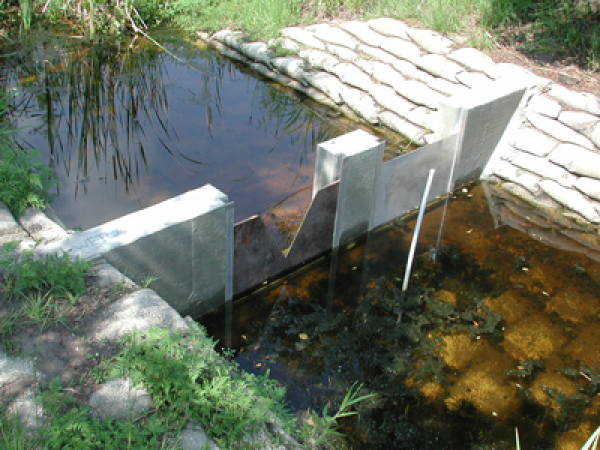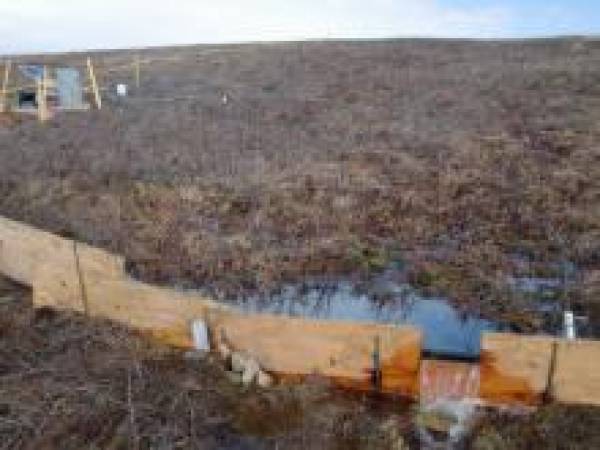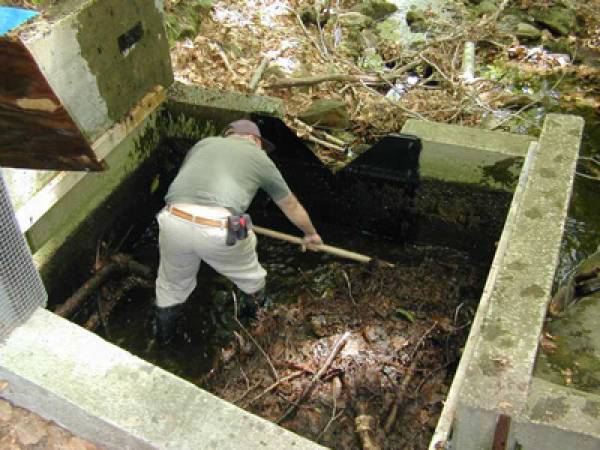This website uses a variety of cookies, which you consent to if you continue to use this site. You can read our Privacy Policy for
details about how these cookies are used, and to grant or withdraw your consent for certain types of cookies.
Weir Corrosion and Stainless Steel
Weirs are often described as “simple” and “low cost” ways of measuring open channel flows and, made of some materials they really are low cost. But this low cost comes at a price.
Steel plate is frequently used to keep costs down and, when it is new, it’s a perfectly acceptable material.
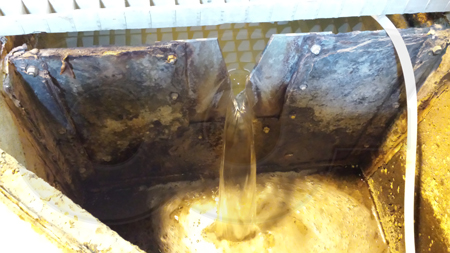
The problem comes when the plate has been installed for a couple of seasons and surface corrosion, pitting, marks, and scratches on the nappe (flow edge) have occurred.
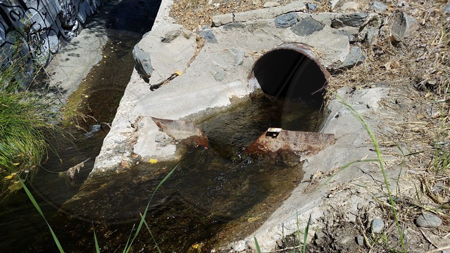
Unprotected, the surface becomes rough and the flow over the nappe becomes uneven. Uneven flow means inaccurate flow.
In portable stream gauging applications where the weir is moved from site to site, damage to a steel weir plate accelerates as the plate is installed, removed, and moved around.
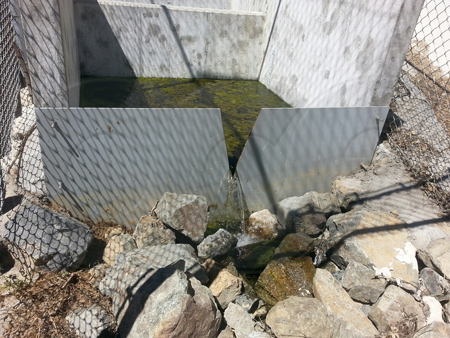
A better material choice for a weir plate is T-304 stainless steel.
- There is no weigh penalty versus steel plate
- Processing costs are similar
- The nappe requires little in the way of maintenance (other than possibly keeping it clear of vegetative mater)
- Should surface damage occur to the nappe, it can be removed without the need to reapply protection to the plate
Stainless steel is such a great material for a weir plate that we use it exclusively for our weir plates, boxes, and channels.
While we like to consider ourselves material agnostic – offering our products in a range of materials – in this case, stainless steel wins hands down!
Related Blog Posts
Explore more insights in our blog.

LOCATIONS IN ATLANTA, GA & BOISE, ID


